Parsley was the first plant I ever grew. It turned out very thin and died on the 10th day — I was incredibly disappointed with indoor gardening and gave up for a year. To help you keep your enthusiasm, I’ve gathered some plants and divided them by difficulty levels.
I recommend starting with microgreens, basil, and peas. You’ll harvest microgreens on the fourth day, basil in a month, and peas will produce pods in 2-3 months. Growing peas is fun because they grow incredibly fast.
Level 1:
Microgreens
Basil
Peas
Mint
Arugula
Thyme
Microgreens
Basil
Peas
Mint
Arugula
Thyme
Level 2:
Cucumbers
Tomatoes
Radishes
Peppers
Rosemary
Mandarin
Cucumbers
Tomatoes
Radishes
Peppers
Rosemary
Mandarin
Level 3:
Watermelon
Strawberries
Spinach
Watermelon
Strawberries
Spinach
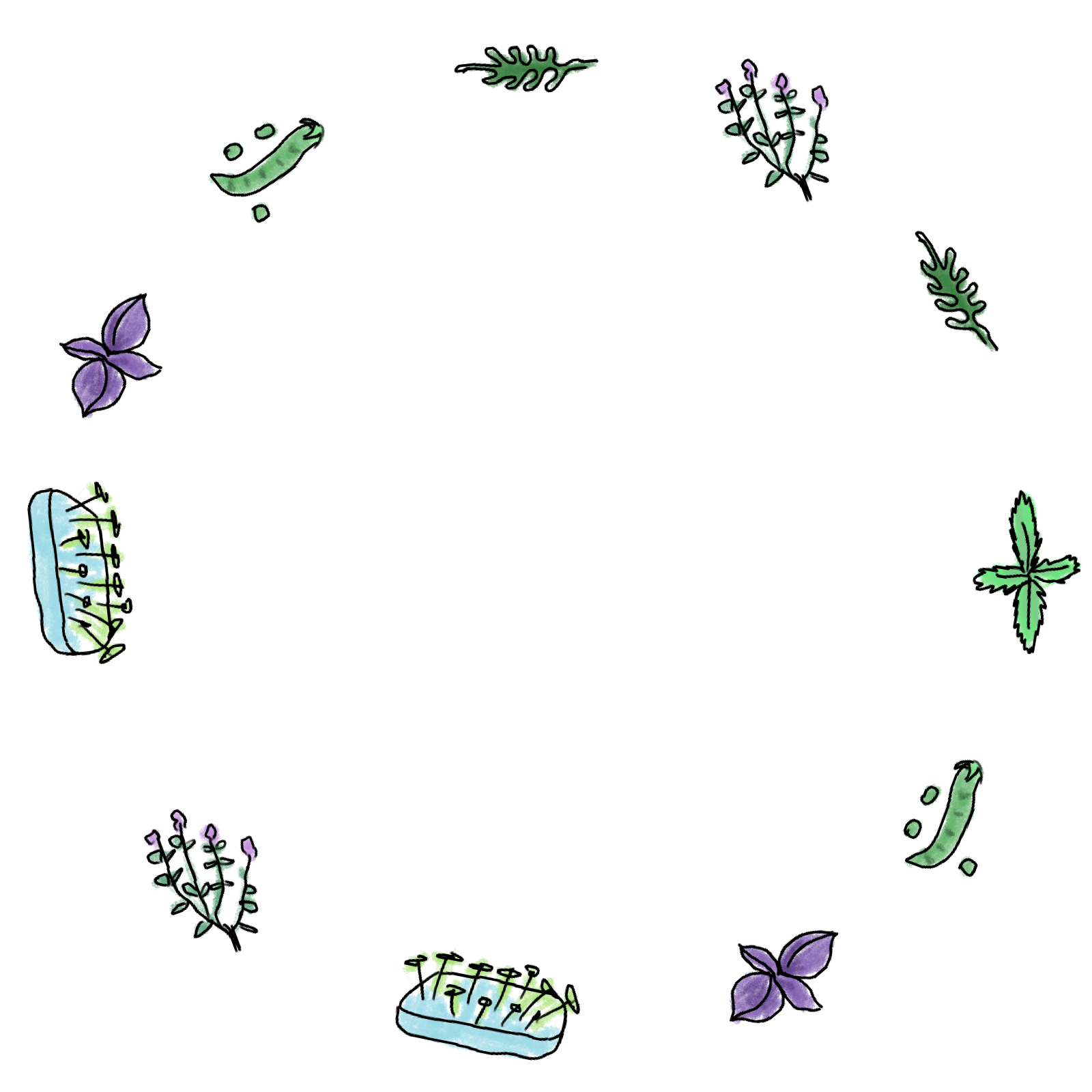
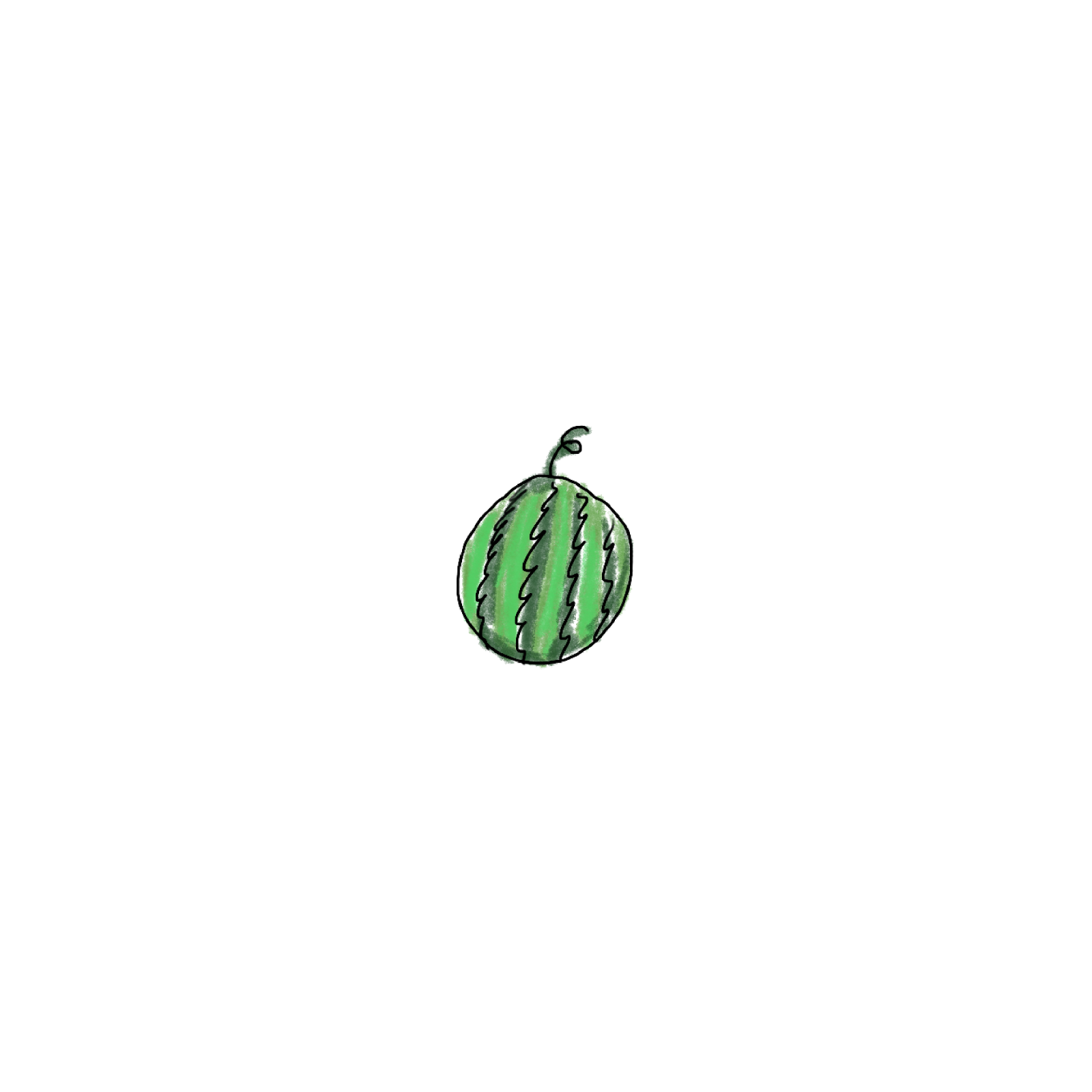
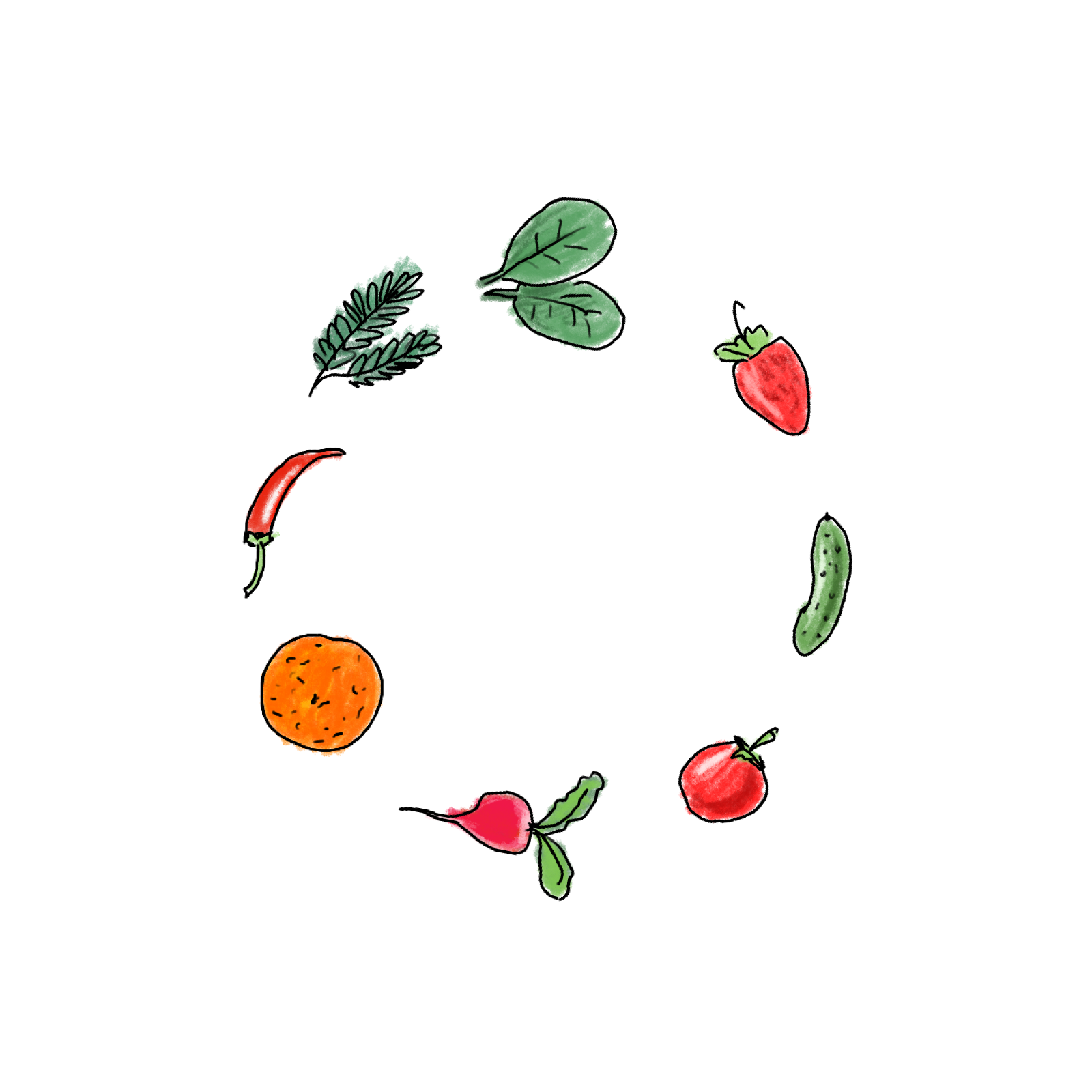
Choosing the Right Plant
To grow these plants, you’ll need seeds, soil, clay pebbles, and a planting container—all of which can be ordered online or found at any gardening store. You’ll also need a bit of space on a sunny windowsill. If you have a north-facing window, it’s best to use a grow light.
Here’s what to pay attention to when choosing seeds:
1. Expiry date: The closer it is to the end, the fewer seeds will sprout.
2. Packaging integrity: The pack should be intact, dry, and without any signs of moisture.
1. Expiry date: The closer it is to the end, the fewer seeds will sprout.
2. Packaging integrity: The pack should be intact, dry, and without any signs of moisture.
Any universal potting soil will do. To choose a good one, check its texture in the store. If it feels soft when you squeeze it and returns to its shape afterward, it’s good soil. If it forms a dense, hard clump, don’t buy it.
For watering your plants, it’s good to have a spray bottle and a bulb syringe. You can replace the bulb syringe with a syringe or a container with a very narrow spout. I’ll explain why this is important next.
Any brand will do. Buy medium fraction 0.5–0.7 mm, or whatever is available.
Almost any pot, large bottle, or even a glass will work (but you’ll need to be careful with watering if using a glass). It’s important to have drainage holes at the bottom to prevent water from stagnating and roots from rotting.
A regular desk lamp will work. Some believe that plants need a special pink-colored grow light, but that’s not true. Plants need the full spectrum of light, and a regular lamp provides more of it than a pink one. Plus, the normal light won’t be annoying, and no one from the street will guess you’re growing a garden.
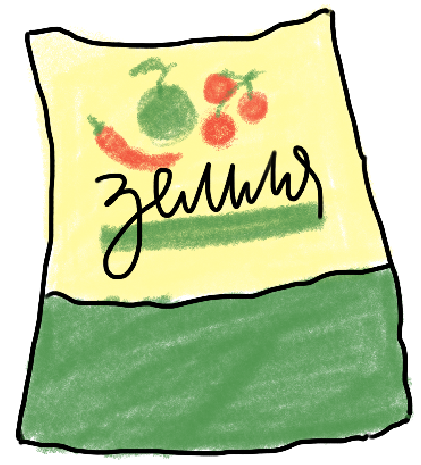
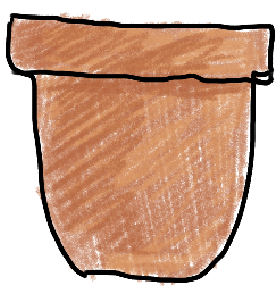

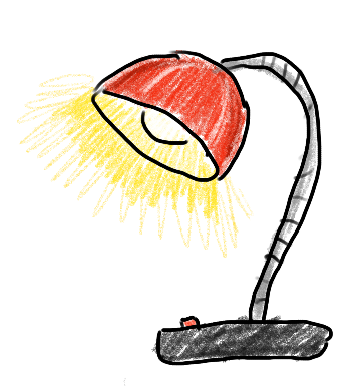
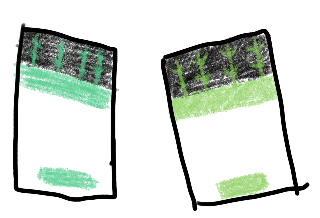




What do you need?
Soil
POTS
Light
Clay Pebbles
WATERING
SEEDS
Give meeeu!
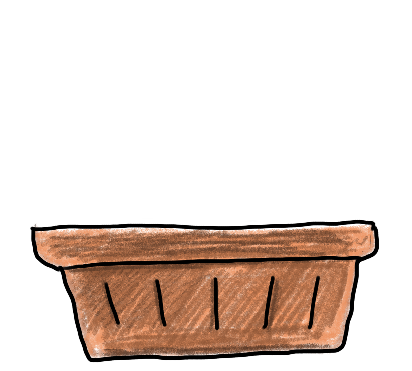
Let’s plant basil, and using it as an example, you’ll easily plant other plants too.
Planting
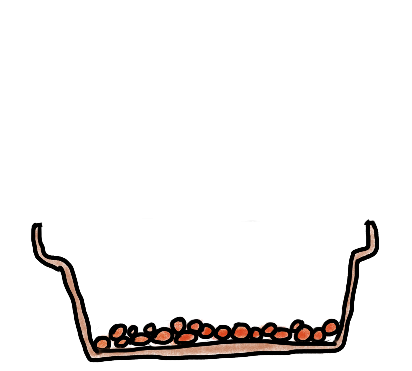
Step 1: Pour clay pebbles into the pot to evenly cover the bottom in 1 or 2 layers.

Step 2: Fill the pot with soil, leaving 1-2 cm from the top.
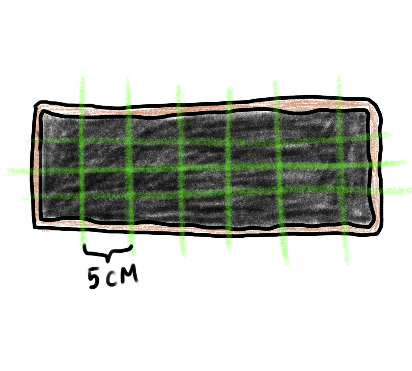
Step 3: Imagine a grid with 2.5 by 5 cm cells and plant a seed at each intersection. Or, just sprinkle the seeds evenly over the soil like you’re seasoning pasta.

Step 4: Spray with a mist sprayer until the soil and seeds are damp and small puddles form.




Step 5: Cover with plastic wrap, make holes in it, and place the pot on the windowsill.

Let’s plant basil, and using it as an example, you’ll easily plant other plants too.

Step 1: Pour clay pebbles into the pot to evenly cover the bottom in 1 or 2 layers.

Step 2: Fill the pot with soil, leaving 1-2 cm from the top.

Step 3: Imagine a grid with 2.5 by 5 cm cells and plant a seed at each intersection. Or, just sprinkle the seeds evenly over the soil like you’re seasoning pasta.
Step 4: Spray with a mist sprayer until the soil and seeds are damp and small puddles form.



Step 5: Cover with plastic wrap, make holes in it, and place the pot on the windowsill.

Planting


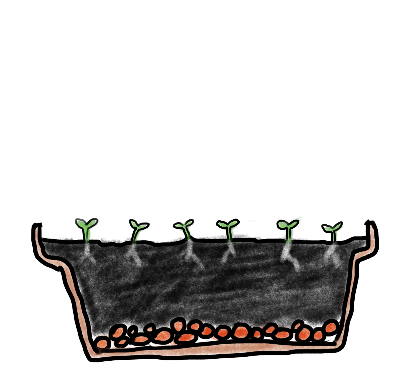
When the first leaves appear, remove the plastic wrap and carefully water the seedlings at the base two to three times a week. This will protect the plants from “damping off” disease and subsequent death.

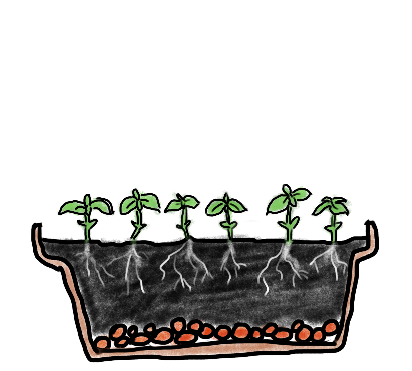
When the second and third pairs of leaves appear, the plant will strengthen—then you can be less careful with watering. Two to three waterings per week will be enough. Don’t worry if your basil wilts—it will recover once it gets water.
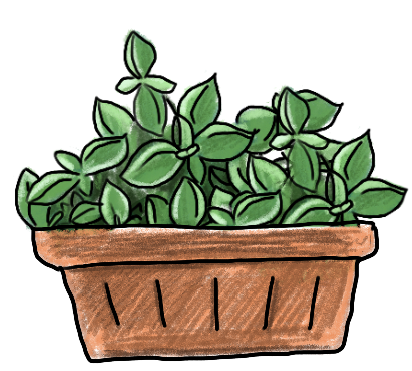
After a month and a half, your plant will be strong enough, and you can harvest the first crop.

When the first leaves appear, remove the plastic wrap and carefully water the seedlings at the base two to three times a week. This will protect the plants from “damping off” disease and subsequent death.

When the second and third pairs of leaves appear, the plant will strengthen—then you can be less careful with watering. Two to three waterings per week will be enough. Don’t worry if your basil wilts—it will recover once it gets water.

After a month and a half, your plant will be strong enough, and you can harvest the first crop.

For abundant basil growth, there’s a secret. It’s all about proper pruning. Cut off the top when the plant has plenty of leaves, leaving a stem with a pair of leaves at the bottom. Over time, new stems and leaves will grow from these, and if you keep pruning them, the basil will grow exponentially!
This method works for perennial plants like mint, rosemary, thyme, and others. Annuals, such as arugula and peas, will die after their season and won’t grow back.
This method works for perennial plants like mint, rosemary, thyme, and others. Annuals, such as arugula and peas, will die after their season and won’t grow back.
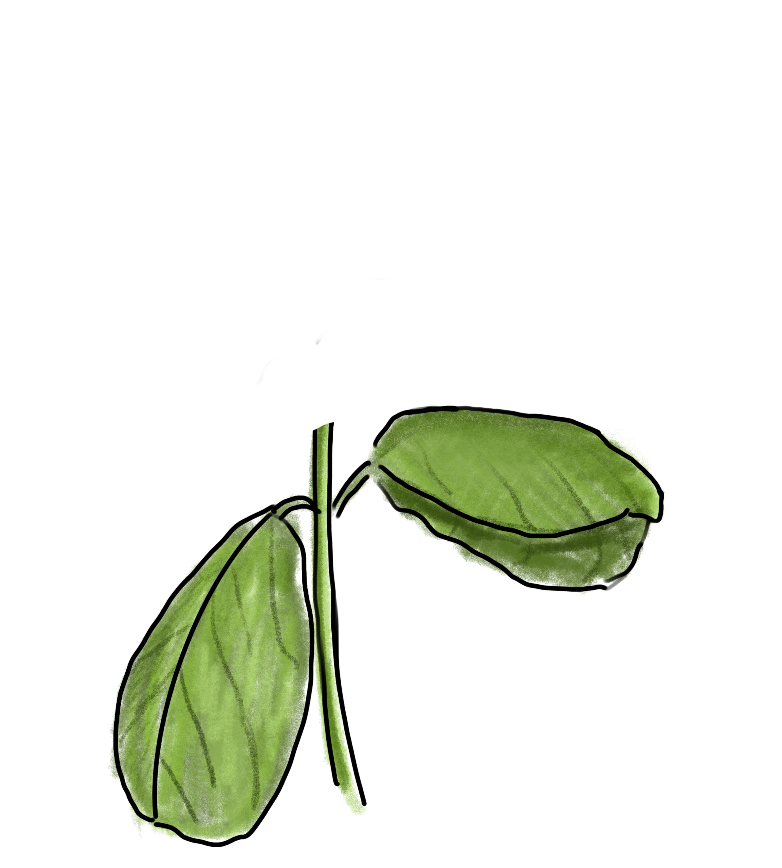
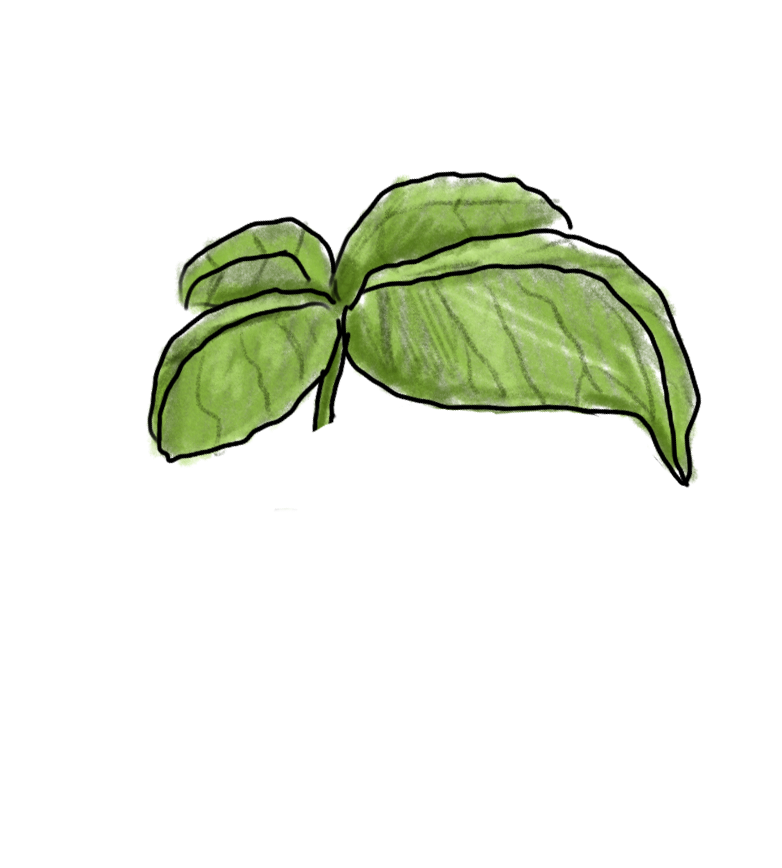
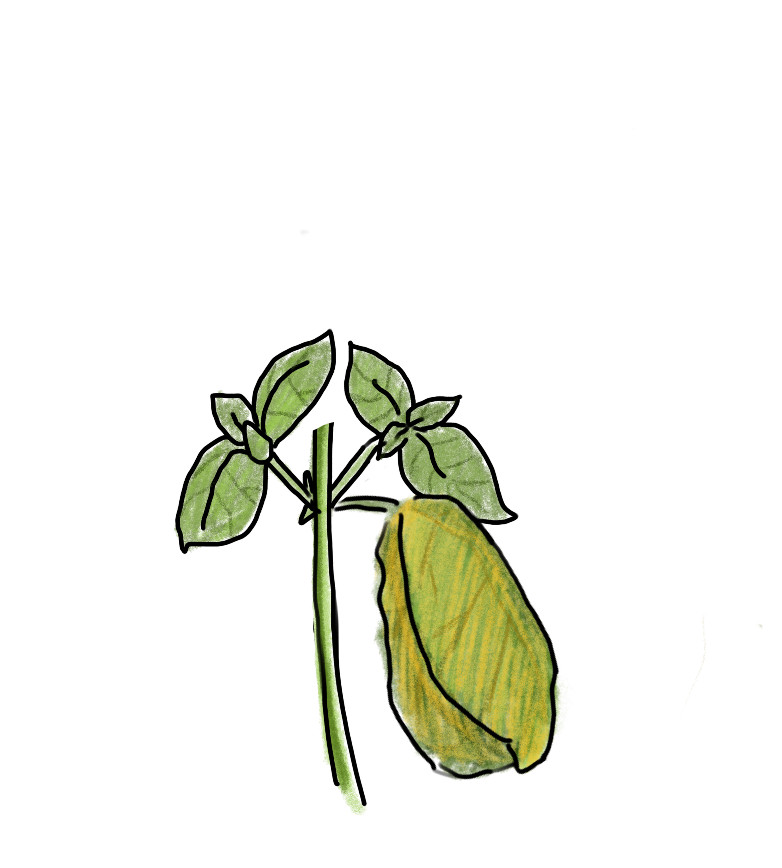
Secret Tip
CUUUUUT
Oh, that’s all for today. In the future, I’ll have materials about light, organizing your windowsill, and growing new plants. Leave your email, and I’ll let you know when there’s something new.

Oh, that’s all?
Puuur!

Be happy!


